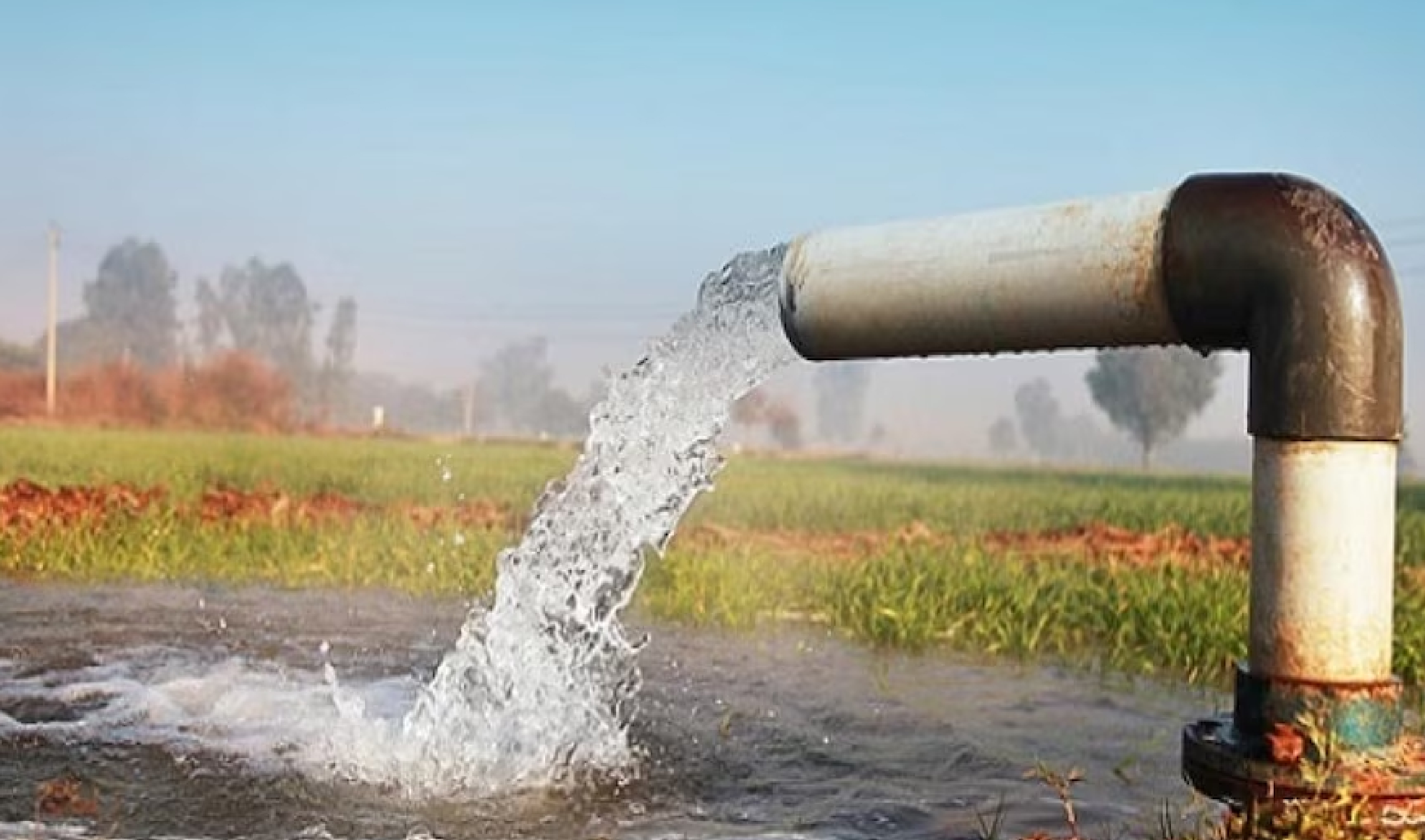A study analysed the satellite radar data from 2015-23 and found land subsidence in Delhi (National Capital Territory, NCT), Mumbai, Kolkata, Bengaluru and Chennai.
Key Highlights of the Study
- Impact: It has impacted nearly 80 million people with Delhi recording the highest sinking rate of 51 mm annually.
- Localised Uplift: The study identified localised uplift in some cities, like areas near Dwarka in Delhi.
About Land Subsidence
- Meaning: Gradual or sudden sinking of the earth’s surface caused by the compression or weakening of soil and rock layers beneath.
- Primary Causative Factors: Excessive groundwater pumping, large-scale mining, rapid urbanisation, natural shifts in earth’s crust, etc.
- Areas Witnessing Subsidence: Areas around Assam and Sikkim (due to fault activity and hydrocarbon extraction), Himalayan towns like Joshimath and Mussoorie (unregulated development), etc.
Impacts of Land Subsidence
- Impact on Infrastructure: Study estimates more than 2000 buildings in Delhi are currently at high damage risk due to differential land subsidence.
- Impact on Coastal Regions: These regions witness saltwater intrusion, leading to freshwater contamination and crop loss.
- Disasters: Buildings crack or collapse, roads buckle, and drainage networks misalign, often leading to floods impacting human lives.
- Long-term ecological risk: It alters river flows, affects aquatic and terrestrial habitats, and may accelerate carbon release from peatlands and marshes.
Ways to Prevent Land Subsidence
- Innovative Solutions: Artificial recharge of depleted aquifers; deep soil mixing involving injection of stabilising agents into the ground.
- Advanced Monitoring Technologies: PSInSAR (for cities with plenty of stable structures), SBAS-InSAR (for agricultural or vegetated areas), and SqueeSAR (for mountainous terrain), etc.






